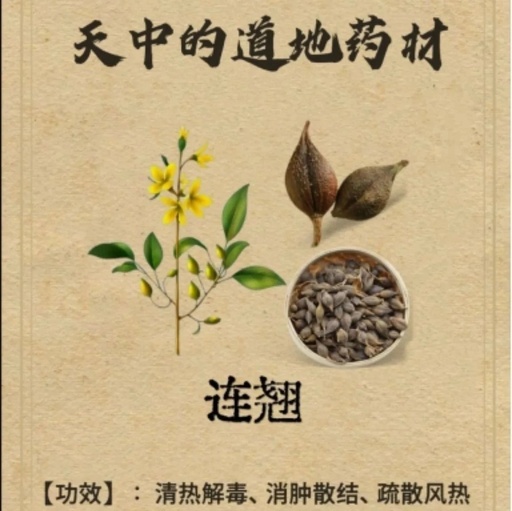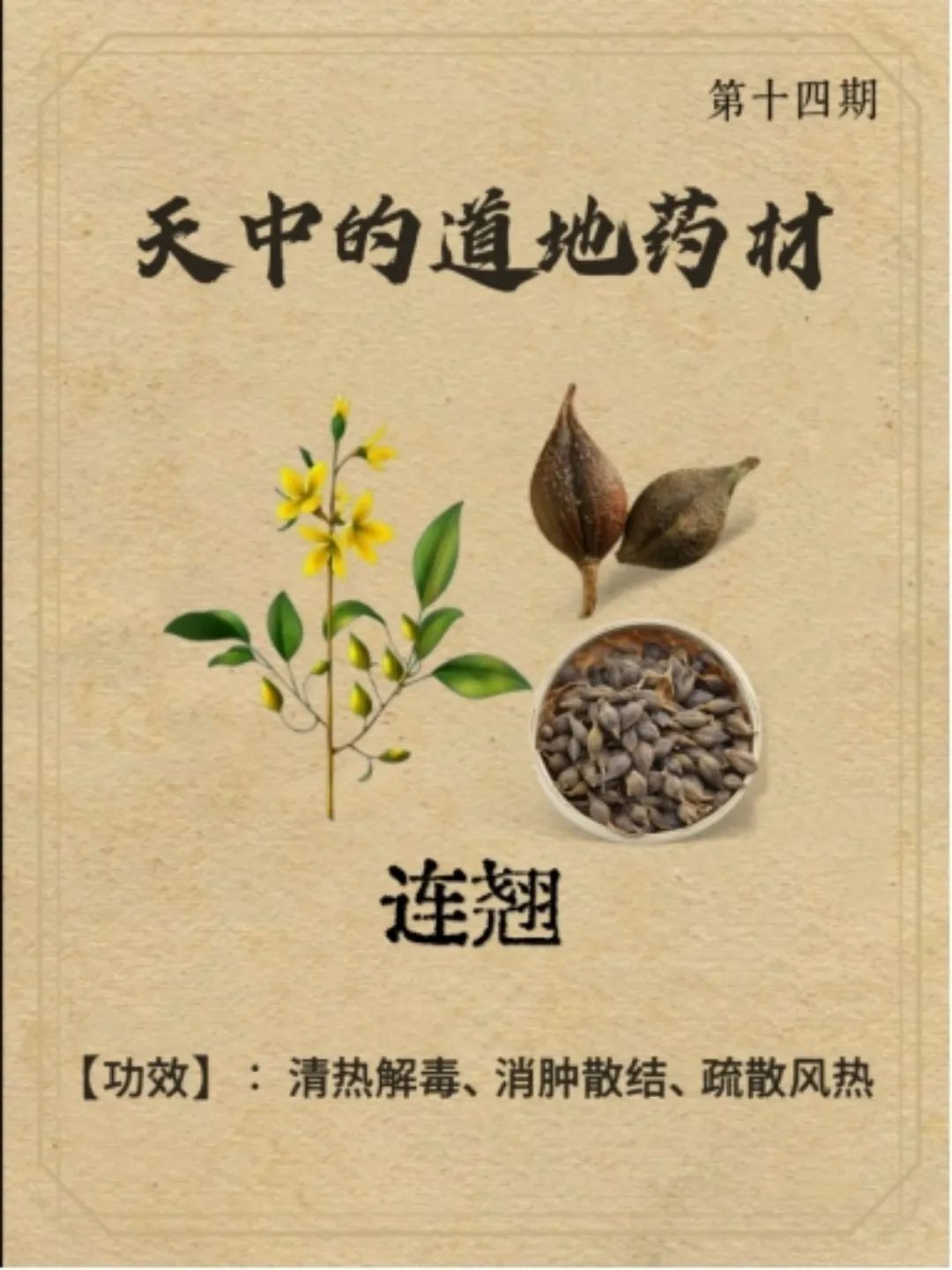
Introduction: Lianqiao (连翘, Forsythia Suspensa) is a medicinal herb known for its heat-clearing and detoxifying properties, derived from the dried fruit of the Oleaceae family.
Alias: Shou Dan, Yi Chuan Jin, Huang Jin Tiao, Han Lian Zi, Huang Qi Dan, Huang Hua Tiao, Luo Qiao, Kong Qiao, Kong Ke.
Properties and Channels: Bitter in taste, slightly cold in nature; it enters the Lung (肺), Heart (心), and Small Intestine (小肠) meridians.
Functions and Indications: Clears heat and detoxifies, reduces swelling and disperses nodules, disperses wind-heat.
Clinical Applications: 1. For abscesses, scrofula, mastitis, and erysipelas; 2. For wind-heat colds, initial stages of warm diseases, heat entering the nutritive and blood levels, high fever with thirst, and delirium with rashes; 3. For painful urinary syndrome due to heat.
Main Production Areas: Produced mainly in the districts of Zhumadian City, with distribution across various counties.
Harvesting Season: Green Lianqiao is typically harvested in early September when the immature green fruits are collected; Yellow Lianqiao, also known as old Lianqiao, is harvested in early October when the ripe yellow fruits are collected.
Precautions: 1. Not suitable for those with spleen and stomach deficiency with cold and qi deficiency.
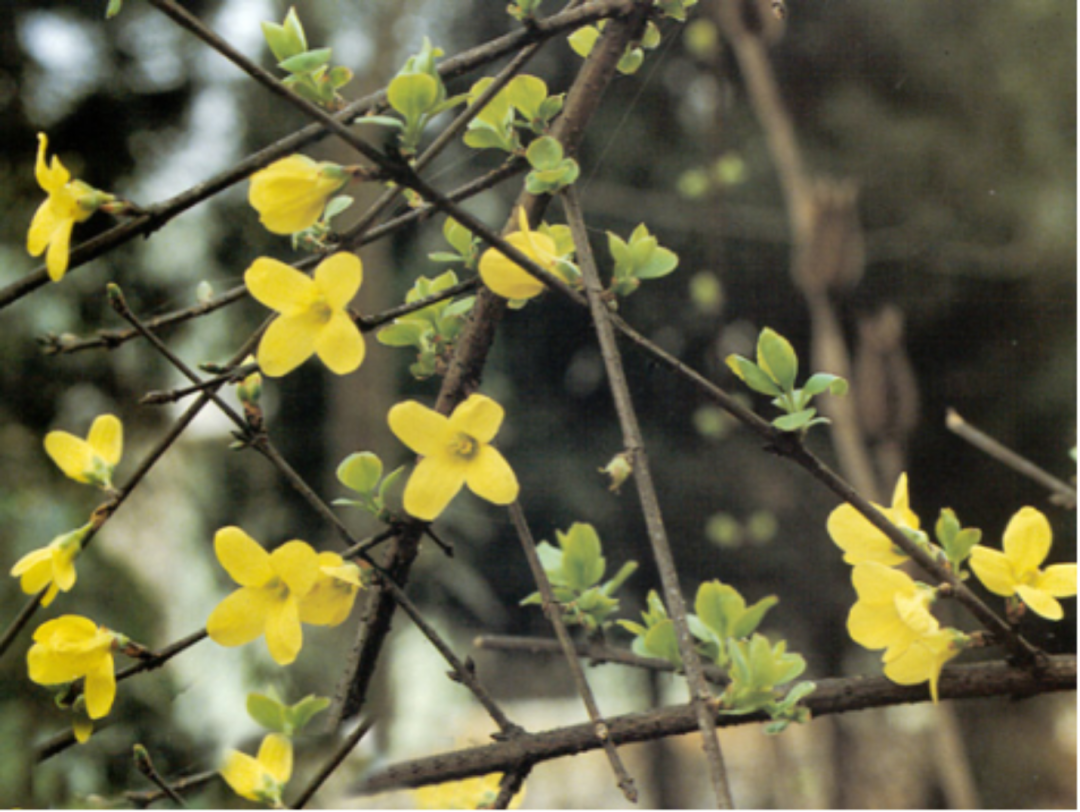
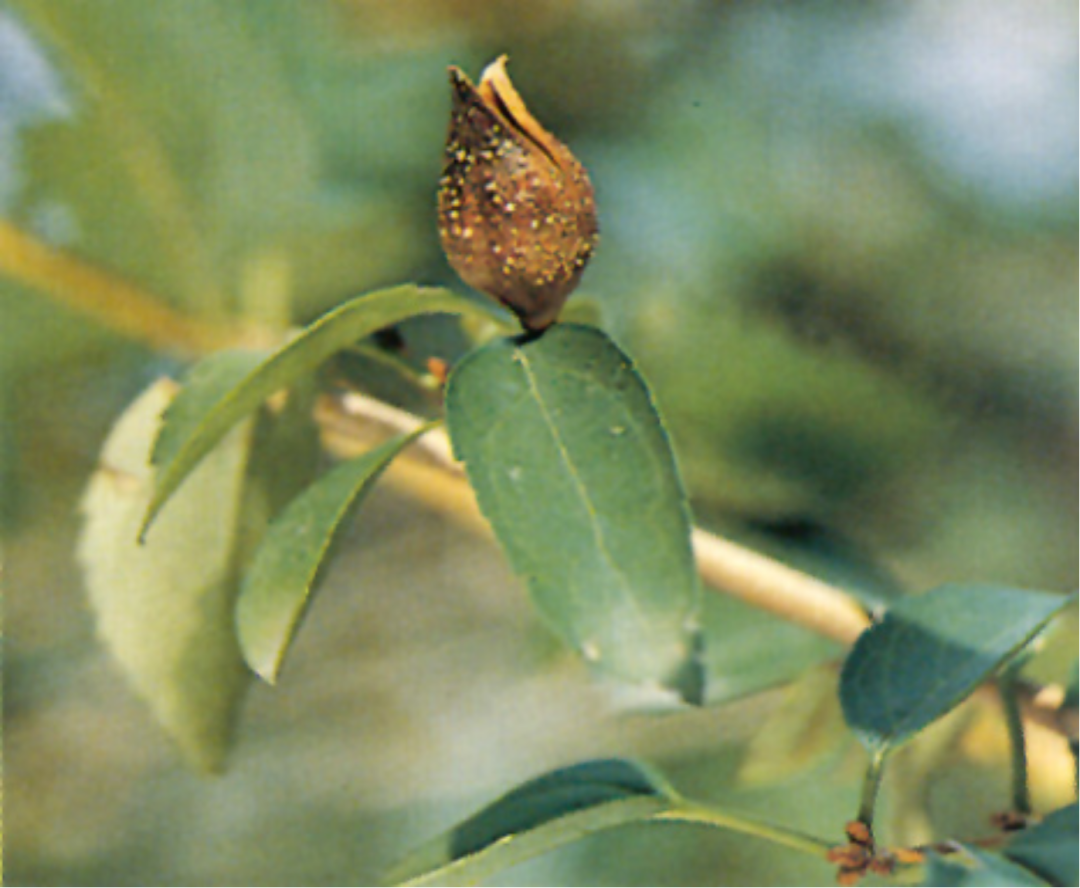
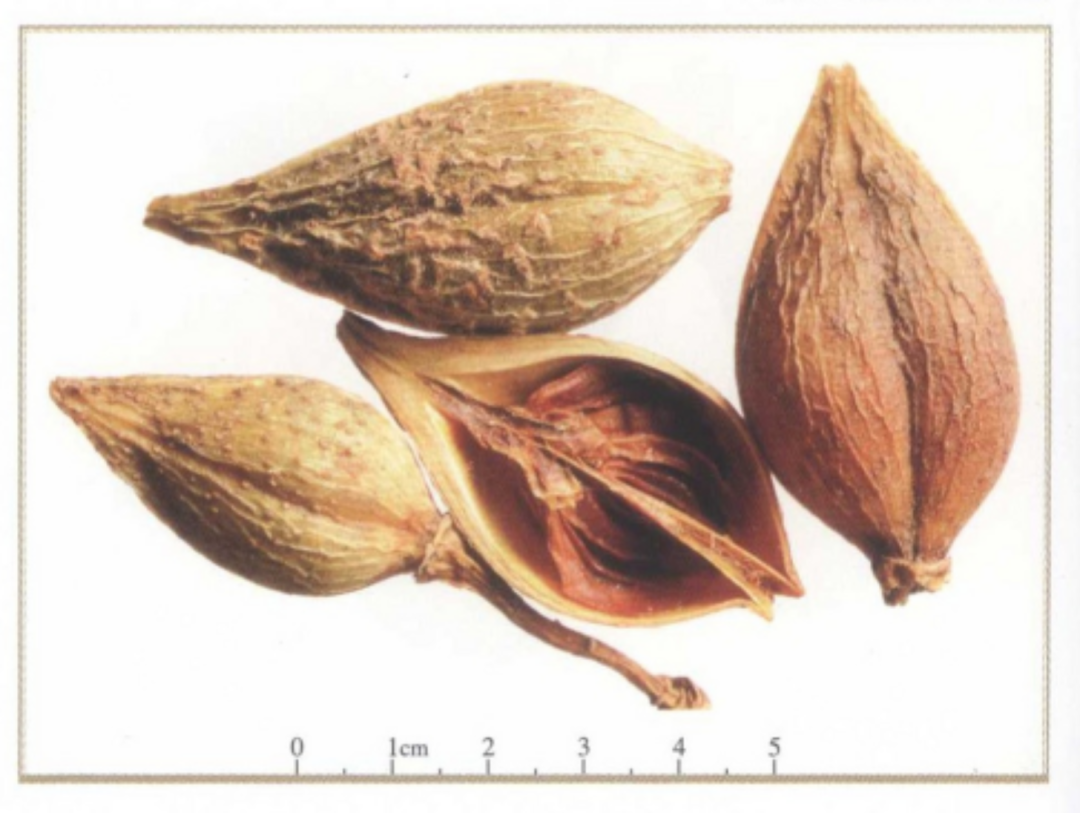
In the land of Tianzhong, Lianqiao is one of the most common flowering shrubs and is among the first to bloom in early spring. After a long winter, even with light rain and chill, it brings the message of spring with its golden blossoms. Lianqiao flowers before the leaves in early spring, emitting a delicate fragrance and displaying a vibrant golden color. An ancient poem describes Lianqiao flowers: “A thousand steps of Lianqiao are untainted by dust, the fragrance descends lazily painting the spring’s delicate brows.”
Lianqiao is first recorded in the Shennong Bencao Jing, noted for its bitter taste and slightly cold nature. It enters the Lung, Heart, and Small Intestine meridians. It has functions of clearing heat and detoxifying, reducing swelling and dispersing nodules, and dispersing wind-heat. It is used for abscesses, scrofula, mastitis, erysipelas, and wind-heat colds. Its efficacy has been praised by physicians throughout history, with the Ming dynasty’s Li Shizhen calling Lianqiao the “sacred medicine for sores.” For centuries, Lianqiao has been a widely used and cost-effective medicinal material.
Lianqiao belongs to the Oleaceae family and blooms from March to April, with fruit ripening from July to September. The medicinal part is the dried fruit. In autumn, the fruit is harvested when it is initially ripe and still green, impurities are removed, steamed, and dried, known as “Green Lianqiao”; when the fruit is fully ripe, it is harvested, dried, and impurities removed, known as “Old Lianqiao”. The best quality is characterized by a yellow color, large petals, and thick shells. Lianqiao fruit is often combined with Jin Yin Hua (金银花, Honeysuckle) in medicinal preparations, such as “Wei C Yin Qiao Pian” and “Shuang Huang Lian Kou Fu Ye”, which exhibit broad-spectrum antibacterial effects. Jin Yin Hua can cool the blood and stop dysentery, showing a stronger inhibitory effect on typhoid bacilli than Lianqiao; Lianqiao can clear heart heat and has a better inhibitory effect on dysentery bacilli and influenza viruses than Jin Yin Hua.
Every part of Lianqiao is valuable; aside from its use in landscaping, its tender leaves can be made into Lianqiao tea. The health benefits of Lianqiao leaves are increasingly recognized, and modern pharmacological studies indicate that Lianqiao leaves have protective effects on the liver, anti-lipid oxidation, anti-aging, immune regulation, and enhanced stress resistance. The prospect of making tea from Lianqiao leaves is promising.
People do not disappoint the green mountains, and the green mountains will not disappoint the people. The high-quality Lianqiao cultivated in Zhumadian, Henan Province, is favored in the herbal market for its large size and good appearance. Currently, Lianqiao is a major local medicinal material in Zhumadian, contributing to the greening of the land and increasing the income of the people, fully resonating with the melody of rural revitalization and happiness.



